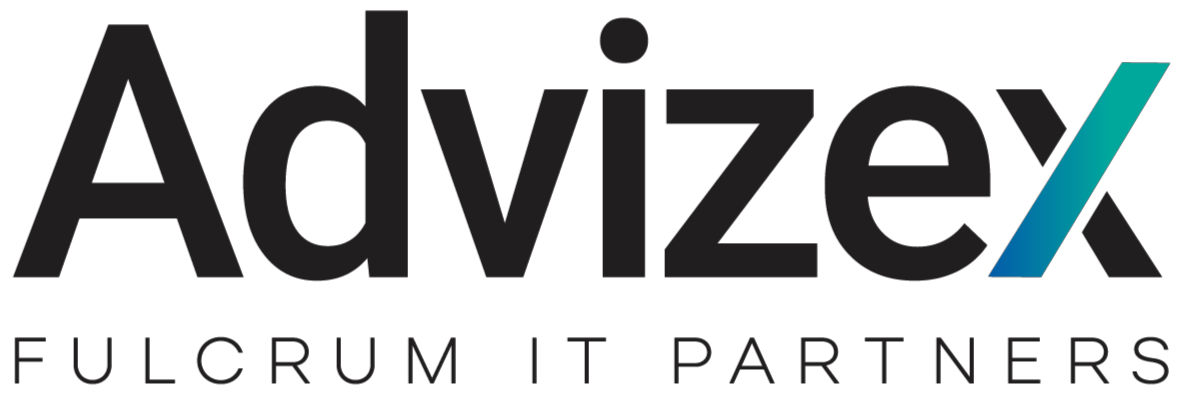New technologies help drive a business toward its goals. But it comes with its own set of unique challenges – especially for in-house IT departments.
Access to new applications has never been easier. During the pandemic, we saw a massive shift to remote work. Businesses are relying more on technology than ever before. And IT departments have to contend with ensuring everything works together, as it should, when it should. And they need to move fast.
But what happens when the IT stack becomes so complex that it’s impossible to know everything that’s going on?
Something breaks.
In fact, more than half of preventable outages are caused by
- Usage trends toward dangerous levels
- Hardware and/or software performance trends toward failure
Monitoring your IT stack holistically 24/7/365 is the only way to spot dangerous trends and course correct before they bring your business to a halt. A complex IT stack is too much for humans to monitor, however, so we need to search out other solutions.
Downtime Is Expensive.
Ask yourself, “if my business were down for an hour, how much would it cost me?” This means your IT systems stop working, leaving you and your team without access to email, accounting systems, inventory systems, HR systems, etc.
One study shows that when compared to those with fewer downtime instances, companies with frequent outages and brownouts
- Experience 16x higher costs
- Require 2x the number of team members to troubleshoot problems
- Spend 2x the amount of time troubleshooting problems
Now what would it cost you if they stayed down for a day? It adds up.
Monitoring Is a Challenge.
Monitoring your IT stack is the only way to be able to spot trouble before it causes an outage or brown-out. Simple but not easy. For it to work, there are several requirements:
- It has to be done 24/7/365, which requires around-the-clock resources. When those resources are people, the expense adds up quickly, especially for smaller companies.
- As already mentioned, an IT stack’s complexity quickly outgrows what a human can effectively monitor. Even human-lead managed services packages employ automation and artificial intelligence.
- This solution must be flexible enough to scale with the ever-changing IT needs.
- It can’t add to the sprawl. That would be self-defeating.
- It can’t be cost prohibitive. After all, we’re trying to save money here, so the solution has to come with a low start-up investment and, ideally, predictable monthly costs.
Introducing AIOps: Artificial Intelligence for IT Operations
There is a solution!
A relatively new innovation, AIOps uses artificial intelligence to monitor your IT operations. It does what humans cannot. It monitors holistically and alerts IT teams when there’s a potential danger. It looks for warning signs and symptoms that precede issues, such as patterns or anomalies in alerts or performance data. Its algorithms are even refined to support seasonality and rate of change.
This type of monitoring is as reliable as it gets.
As a Service Monitoring Answers the Scalability Call and Keeps Costs Down.
To meet the scalability and affordability demands, monitoring as a service is the answer.
When software is “as a service,” it’s purchased on a subscription basis and can be used on demand. In terms of monitoring your IT stack, monitoring as a service, or MaaS, solves the challenges facing traditional services to make it easy for any business to proactively address security issues.
The Benefits of Choosing Monitoring as a Service.
Saving valuable time and money are always key in every business. The as a service model is one of the best ways to use what you need when you need it.
Monitoring as a service offers a variety of benefits, most notably:
- Helps prevent outages and brown-outs by proactively addressing issues.
- Provides a path for organizations to increase their monitoring maturity, by giving them the latest and greatest monitoring and reporting capabilities.
- Keeps start-up costs down: there’s no big capital investment for licenses, infrastructure, training, or resources.
- Manages budgets effectively thanks to a fixed, monthly cost.
- Fills in monitoring gaps to complete a business continuity plan.
Advizex offers a Hybrid Infrastructure Monitoring as a Service, which you can learn more about here.
